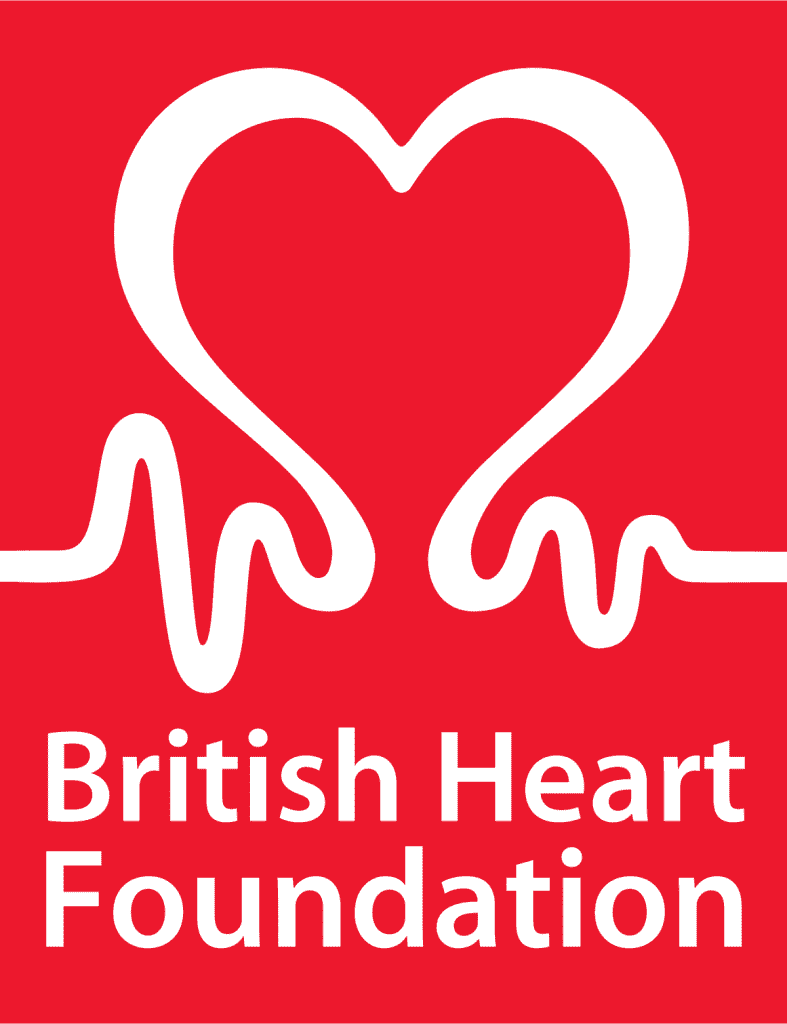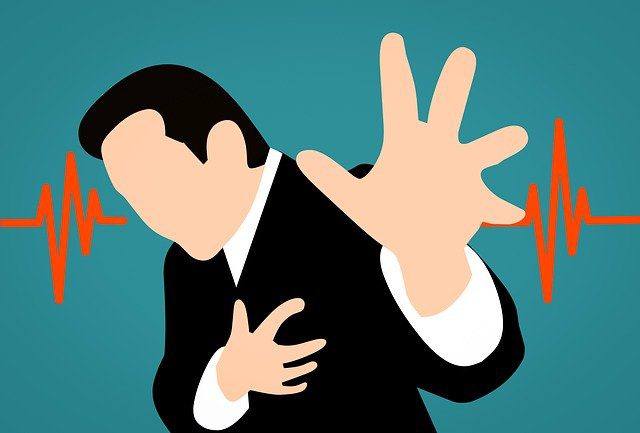
A 2021 study conducted by The British Heart Foundation revealed that 38% of people in the UK have never undertaken CPR training. For every minute that a person in cardiac arrest doesn’t receive CPR and defibrillation, their chance of survival drops by 10%.
With this in mind, education experts at Skillstg.com have outlined the basic first aid a person should know in case of an emergency. The study details how to differentiate between a heart attack and cardiac arrest, perform CPR, use a defibrillator, and put someone in the recovery position. Acting quickly and confidently using this simple guide could save a stranger or a loved one’s life these are things you learn in first aid at work course.
What is CPR?
CPR (Cardio-Pulmonary Resuscitation) is a procedure in which a person’s chest is pressed rhythmically to artificially maintain a liveable heart rate and blood circulation during cardiac arrest.
What is the difference between cardiac arrest and a heart attack?
It is important to note that cardiac arrest and a heart attack differ. A heart attack is a condition where the heart muscle suddenly becomes starved of oxygen and nutrients due to a blockage in one of the coronary arteries. A person having a heart attack may feel pain, pressure and burning in their chest and is usually conscious at the time. In this case, you should immediately call 999 and sit the person down to rest while you wait for an ambulance.
A cardiac arrest is when a person’s heart stops pumping blood around the body, usually due to a heart attack. The brain is starved of oxygen, and the person becomes unconscious. In this instance, you should call 999 immediately and perform CPR to keep the person alive whilst waiting for an ambulance. If the heart cannot pump itself, you must assist.
How to spot symptoms of cardiac arrest?
First of all, it is important to be able to identify when someone is in cardiac arrest. If any of the below symptoms are present, then you should immediately begin to perform CPR:
- The person is unconscious or not responding
- The skin is pale, cool, and clammy
- They are not breathing, or breathing appears to be abnormal, high-pitched or gasping
- The body is limp and unresponsive
- Lips and fingernails appear blue-ish
How to perform CPR on an adult
- If you spot an unconscious person who appears not to be breathing properly, or at all, shake them at the shoulders and ask if they are okay. Call 999 and immediately start performing CPR. If someone else is nearby, shout for them to find a public access defibrillator (PAD). Put your phone on loudspeaker as soon as you have dialled 999, this will allow you to perform CPR whilst asking for help. Do not leave the patient to look for a defibrillator; the ambulance will bring one when they arrive.
- Give chest compressions
- Kneel next to the person
- Place the heel of one hand in the centre of the chest. Place your other hand on the top of the first. Interlock your fingers.
- Keeping your arms straight, use the heel of your hand to push down on the breastbone firmly and smoothly so that the chest pushes down 5-6cm, and release to allow the chest to rise back up.
- Do this at a rate of 100-120 chest compressions per minute. The rhythm of ‘Staying Alive’ by the Bee Gees is the perfect beat to push to.
- Keep performing CPR until help arrives
- You must keep going until the ambulance and paramedics arrive to take over, or until the person begins to breath normally and demonstrates signs of life. If the patient opens their eyes, starts coughing, speaking, and breathing normally, you can stop.
- If there is no sign of improvement to the person’s condition, and you are becoming tired, try and shout for someone nearby to help and take turns with the CPR. If there is a helper, you can swap every one-to-two minutes with minimal disruption to chest compressions.
- Use a defibrillator
- If a helper returns with a defibrillator, request that it be switched on while you continue to perform CPR. The helper must remove or cut away clothing so that the bare chest is accessible. Any perspiration should also be wiped away. A voice will begin giving instructions from the defibrillator.
- To apply the pads, first remove the backing paper. In the spaces indicated, place the pads in the appropriate places. The first pad should be placed on top of the person’s collarbone to the right. The second pad should be placed on the top of the person’s armpit to the left.
- The defibrillator will examine the heart’s rhythm. Stop CPR and make sure no one else is handling the patient. It will then provide a series of visual and verbal indicators that must be followed.
- If a shock is required, tell any other people around you to stand back. The defibrillator will tell you when it is time to press the shock button. You may then be advised to carry on with CPR if no further shocks are required.
- Recovery position – if they become responsive
- Put the person in the recovery position if they begin to open their eyes, cough, talk and begin breathing normally. The recovery position ensures that the airways are kept clear and open; it also ensures fluids and vomit won’t cause them to choke.
- Extend the nearest arm to you out at a right angle to the person’s body with the palm facing upwards.
- Take the other arm and fold it so that the back of their hand rests on their cheek. Hold this hand while carefully rolling the person onto their side. The extended arm will ensure you don’t roll too far, and the bent arm will be supporting the head.
- Bend their top leg so that their knee is at a right angle.
- Open the airway by tilting their head gently back and lifting their chin. At this point, you can check that nothing is blocking their airway.
- Stay with the person until help arrives
A representative from Skillstg.com commented on the study:
“Currently, nine in ten people with cardiac arrest outside the hospital die. CPR is an essential skill that can improve these odds by saving lives. If CPR is performed in the first few minutes of someone going into cardiac arrest, the person’s chance of survival is doubled.”
Skills Training Group are the UK’s leading first aid training, electrical and heating courses for adults, contractors & companies alike.
Help keep news FREE for our readers
Supporting your local community newspaper/online news outlet is crucial now more than ever. If you believe in independent journalism, then consider making a valuable contribution by making a one-time or monthly donation. We operate in rural areas where providing unbiased news can be challenging. Read More About Supporting The West Wales Chronicle























